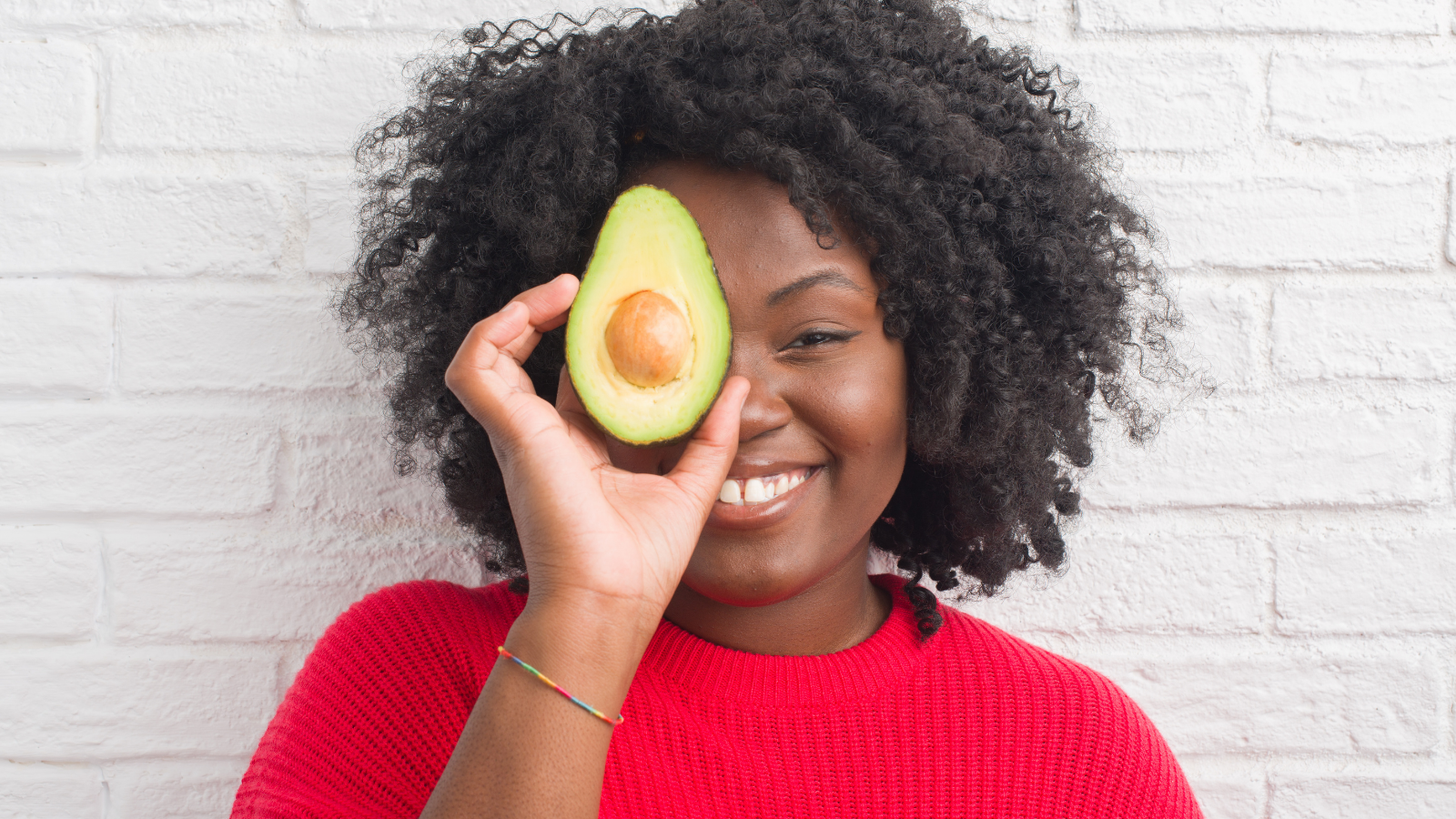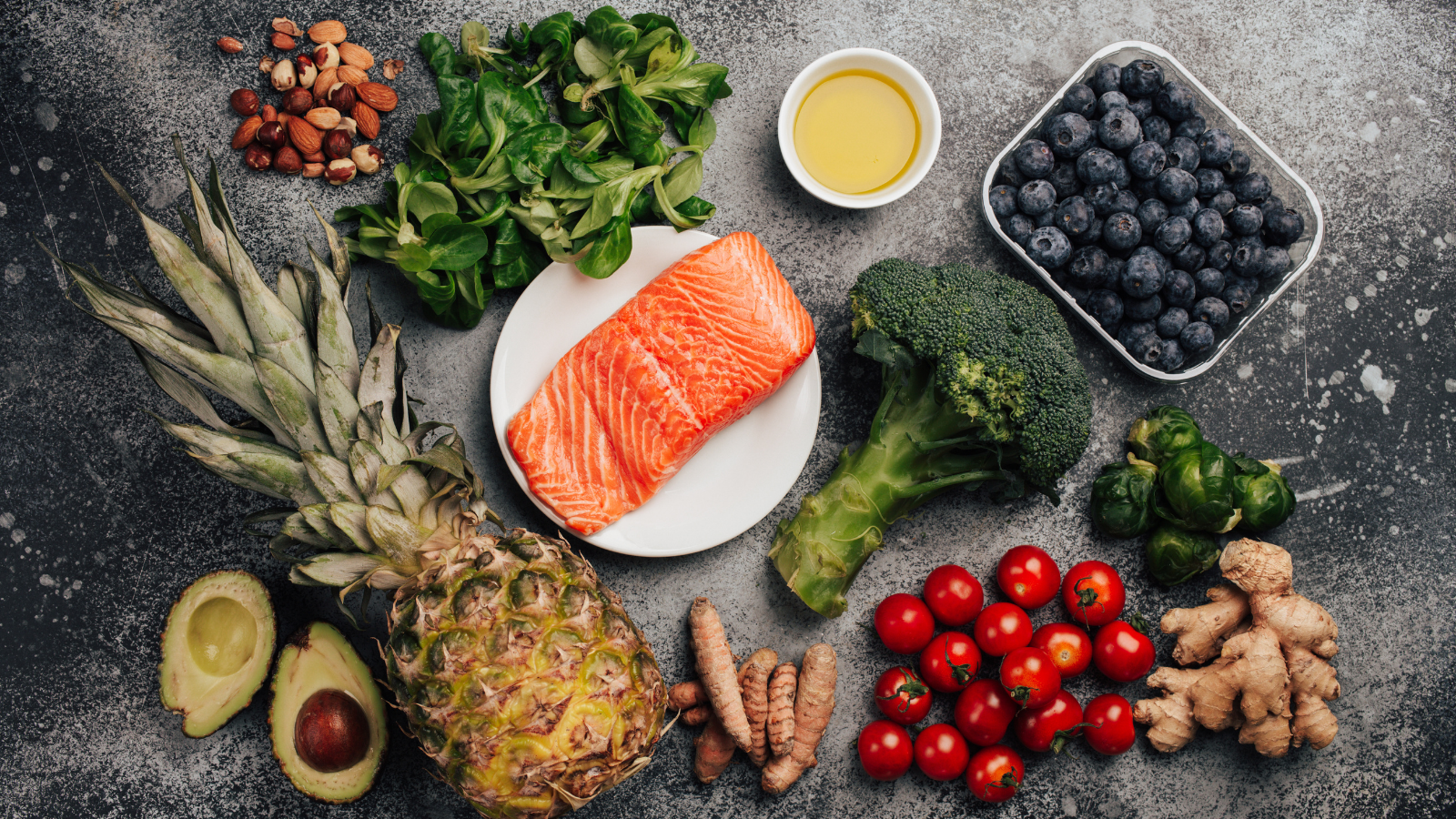Live Longer: Eat a High-Fiber Diet

The media is full of mixed messages about nutrition, and it can become very confusing. One area that has been portrayed especially poorly in recent years is carbohydrate intake. Many popular diets have advocated a very low consumption of carbohydrates, and the media has jumped on stories of the resultant weight loss. Yet, while not all forms of carbohydrates are nutritious (think high-glycemic carbs), ultra-long-chain carbohydrates and fiber certainly are. And new research reminds us that eating a high-fiber diet can help keep us healthy.
Research on High-Fiber Diets
The study, which took place at the University of Otago in New Zealand, found that eating a high-fiber diet is associated with a lower risk of chronic diseases and death. (1) These findings are based on a meta-analysis of more than 180 prospective studies and 50 clinical trials that were conducted over the last 40 years. This provided an extensive amount of data to analyze and draw conclusions from.
After poring over the information that had been gathered on subjects’ eating habits and medical records, the researchers noted that those with a high fiber intake were less likely to develop heart disease, Type 2 diabetes, and colorectal cancer. In addition, they tended to have lower body weight, lower total cholesterol levels, and less chance of early mortality.
The overall risk of developing a serious disease or dying dropped by 15 to 30 percent for the participants who consumed the greatest amount of fiber versus their peers who consumed the least fiber. When broken down by specific forms of disease, a high-fiber diet was linked to an average 22 percent drop in stroke risk, a 16 percent reduction in risk of both Type 2 diabetes and colorectal cancer, and a 30 percent decrease in risk of dying due to coronary heart disease.
How Much Daily Fiber Do You Need?

The average person living in the United States has a daily fiber intake of roughly 15 grams. Based on their analysis, the investigators recommend a daily fiber intake of 25 to 29 grams—a sizable increase, but certainly attainable. And going beyond that benchmark was associated with even greater health benefits. Increasing fiber intake by 15 grams a day was shown to lower the overall risk of death and risk of developing cardiovascular disease, Type 2 diabetes, and colorectal cancer between two and 19 percent.
While the investigation did not delve into new areas of research, evaluating such a large body of previous work provides a valuable picture of the health benefits of a high-fiber diet. It should be noted, though, that the studies included only volunteers who were healthy at the outset, so we can’t draw any definitive conclusions as to whether the findings would hold up in a population already diagnosed with some of the conditions considered in this research.
High-Fiber Diet and Low Mortality

The findings are in line with plenty of other investigations that suggest that eating a diet high in fiber is a healthy thing to do. Studies have shown that a high-fiber diet is connected to lower mortality from heart disease and respiratory and infectious diseases, reduced risk of stroke, and even a drop in the risk of developing osteoarthritis in the knees.
How to Change Over to a High-Fiber Diet

So if you know you are probably lacking a little in the fiber department, make some small changes to your eating habits in order to include better sources of fiber to try to hit that 25 grams a day mark as a minimum. Here are some easy ways to increase your fiber intake:
- Beans and legumes are full of fiber, with a half-cup of cooked lentils offering eight grams of fiber per serving, a half-cup of lima beans serving up seven grams, or a half-cup of navy beans, kidney beans, or pigeon peas coming in at six grams each.
- Eating more fruit is another excellent way to increase your fiber intake. For example, a pear offers five grams; and an apple, a cup of blueberries, and a cup of strawberries all provide four grams apiece.
- You probably don’t need to revamp your diet entirely; just choose natural, nutritious foods high in fiber and read the labels on any grain products to make sure you are getting more fiber and less processing with your purchase.
- And while you’re at it, don’t forget other forms of complex carbohydrates. Studies have shown that people who eat a moderate amount of carbohydrates—50-55 percent of their daily calories—live the longest.
Also, read...
Savor Your Food: Chair Yoga for Mindful Eating
Roasted Root Vegetable and Chickpea Soup
How Much Protein Do You Need on a Plant-Based Diet?
Related courses
Breath as Medicine: Yogic Breathing for Vital Aging
Yoga and Myofascial Release: Releasing Chronic Tension with the Bodymind Ballwork Method
Jon Barron is the founder of the Baseline of Health® Foundation, whose website attracts millions of visitors worldwide so people can learn about health and nutrition for free. He has lectured internationally and has been featured on many regional and syndicated media programs as an expert in disease prevention, anti-aging, and nutrition.
References
- Reynolds, Andrew; et al. “Carbohydrate quality and human health: a series of systematic reviews and meta-analyses.” The Lancet. 10 January 2019. Accessed 18 January 2019. http://www.thelancet.com/journals/lancet/article/PIIS0140-6736(18)31809-9/fulltext.



